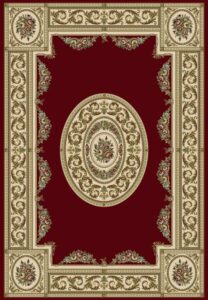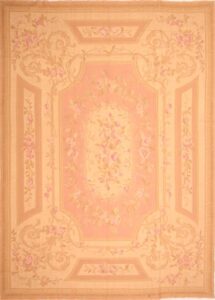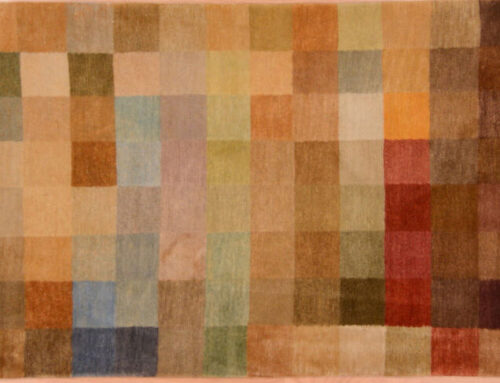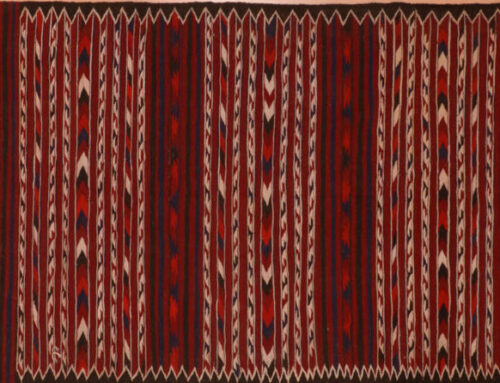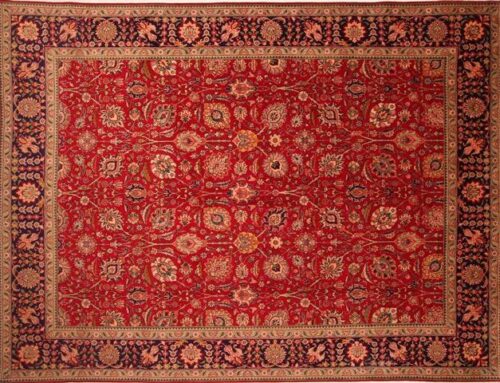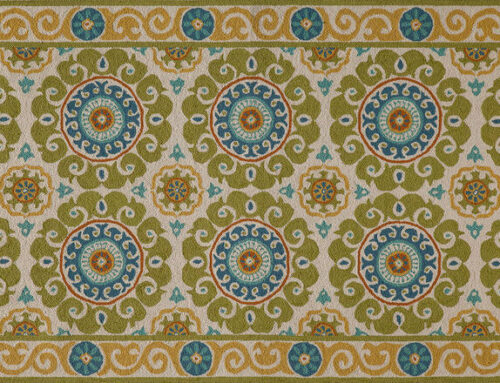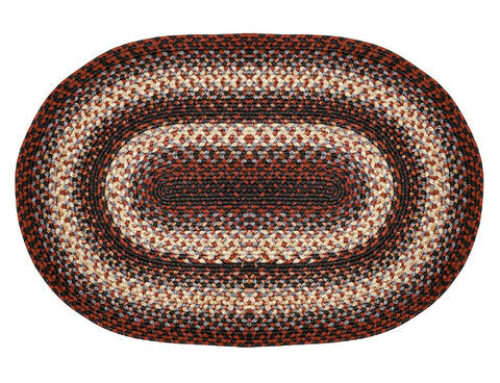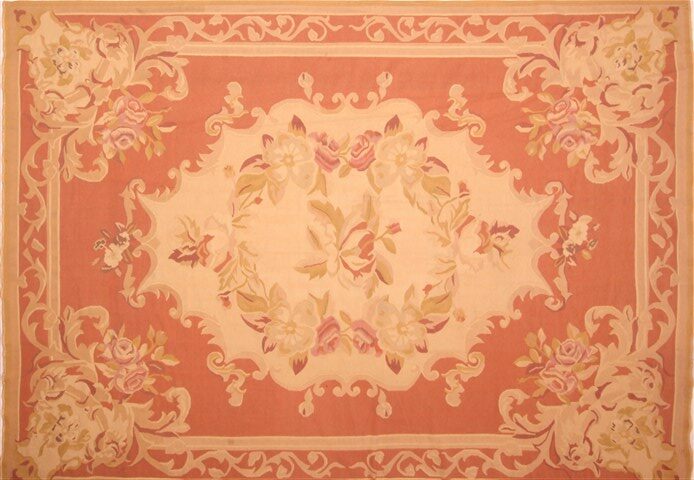
France is a country located in Western Europe. France’s historical foundation traces back to the late fifth century CE, when the first King of the Franks, Clovis I (r. 481-509 CE), conquered the French territory (Gaul), made Paris his capital, and unified tribes throughout Western Europe under Frankish rule. The name of the country derives from the Latin Francia, which translates as “land of the Franks.” After King Clovis’s death, France was broken into smaller kingdoms and faced several foreign attacks over the centuries. Charlemagne (r. 768-814) emerged as a historical leader in France who consolidated power by unifying the territory kingdoms and restored the Frankish Empire’s control across central Europe. Charlemagne is credited with establishing a judicial system and supporting arts and cultural movements in literature, writing, and architecture during his reign. After Charlemagne, future French kings would continue their commitment to the arts and sciences through the Middle Ages. The Kingdom of France would eventually become a cultural leader of Europe, and a worldwide colonial empire by the seventeenth century.
History of French Country Rugs
-
Savonnerie and Aubusson Rugs
Louis XIV (r. 1643-1715), known as the Sun King, was famous for his extravagant tastes in art and luxury. During his long reign, he further developed and redefined fine art in home furnishings and decoration in France. Under his royal direction, advances were made in the production of tapestries, furniture, paintings, clocks, candleholders, porcelains, floor coverings, and many other decorative objects. Tapestry weaving was patronized by the kingdom at the Gobelins Royal Manufactory in Paris and Beauvais Manufactory in northern France. The tapestries made during this period were the finest, most luxurious, and impressive wall decorations in Europe. Louis XIV Carpets, like Louis XIII Carpets, were produced with the highest standards of excellence in designs, dyes, and weaving techniques. It was during this era that two historical Savonnerie Carpets series of beautiful style and elegance were commissioned for the Louvre. Beginning in 1665 thirteen carpets were woven exclusively for the Galerie d’Apollon and another ninety-three carpet were made for the Grande Galerie of the Louvre Palace. These carpets were designed by the king’s famous painter, Charles Le Brun (1619-1690), and hold important decorative significance as the most valuable French art to be commissioned in the world of carpets.
During his reign, Louis XIV granted the title of Royal Manufactory to two of his most important carpet weaving locations, the Savonnerie and Aubusson. By this decree, all pile and flatwoven carpets and tapestries produced at these workshops were commissioned and designed exclusively for royal palaces by the kingdom. Louis XV Carpets and Louis XVI Carpets were woven under the supervision of the French Bourbon monarchy, continuing the practice outlined in the two earlier reigns. Carpet production throughout the country was halted leading up to the French Revolution in 1789, however. Production at the Aubusson and Savonnerie workshops gradually resumed during the Directoire and Consulate periods (1795-1804), the output of which is known as Directoire Carpets, and expanded under emperor Napoleon I (r. 1804-1815).
During the Bourbon Restoration (1815-1830), Louis XVIII (r. 1814, 1815-1824) and Charles X (r. 1824-1830) continued to follow the grand design styles of the previous monarchs for inspiration in carpet weaving. The reigns of Louis-Philippe (r. 1830-1848) and Napoleon III (r. 1852-1870) are credited with a great carpet resurgence that emphasized beautiful new designs and original tonalities. Charles X Carpets, Louis-Philippe Carpets, and Napoleon III Carpets became very popular worldwide, and many of these pieces reached European and American homes. The commercial success of French floor coverings continued into the early twentieth century.
Today, interior designers and consumers appreciate Aubusson and Savonnerie carpets as some of the most luxurious floor coverings in the antique trade.
-
Art Nouveau Rugs
Starting in the 1890s, the Art Nouveau (new art) style was applied to architecture, decorative arts, garments, jewelry, interior design, paintings, posters, and furniture, as well as floor coverings. The movement was founded in Paris and merged nature and fantasy images with French rococo and Japanese-inspired art. Art Nouveau became fashionable in countries in Europe and America, and carpet weavers interpreted this style in French workshops during this period.
-
Art Deco Rugs
Art Nouveau was followed by the Art Deco movement, also founded in France. Art Deco was recognized for modernity and elegance in design. The style became a worldwide fascination during the 1920s and 1930s and was applied to architecture, decorative arts, jewelry, interior design, furniture, and floor coverings. The designs featured simplified geometric or Cubist motifs, and carpets of this style were often woven without borders. Notable French artists such as Ivan Da Silva Bruhns (1881-1980) and Louis Paul Jean Goulden (1878-1946) designed Art Deco carpets, which are in demand and value in the trade today.
-
French Rugs in the Museums
Early French carpets and tapestries have acquired international acclaim for their workmanship, artistic designs, and vibrant natural-dyed colors. Today these works are preserved in museums, institutions, and private collections.1


